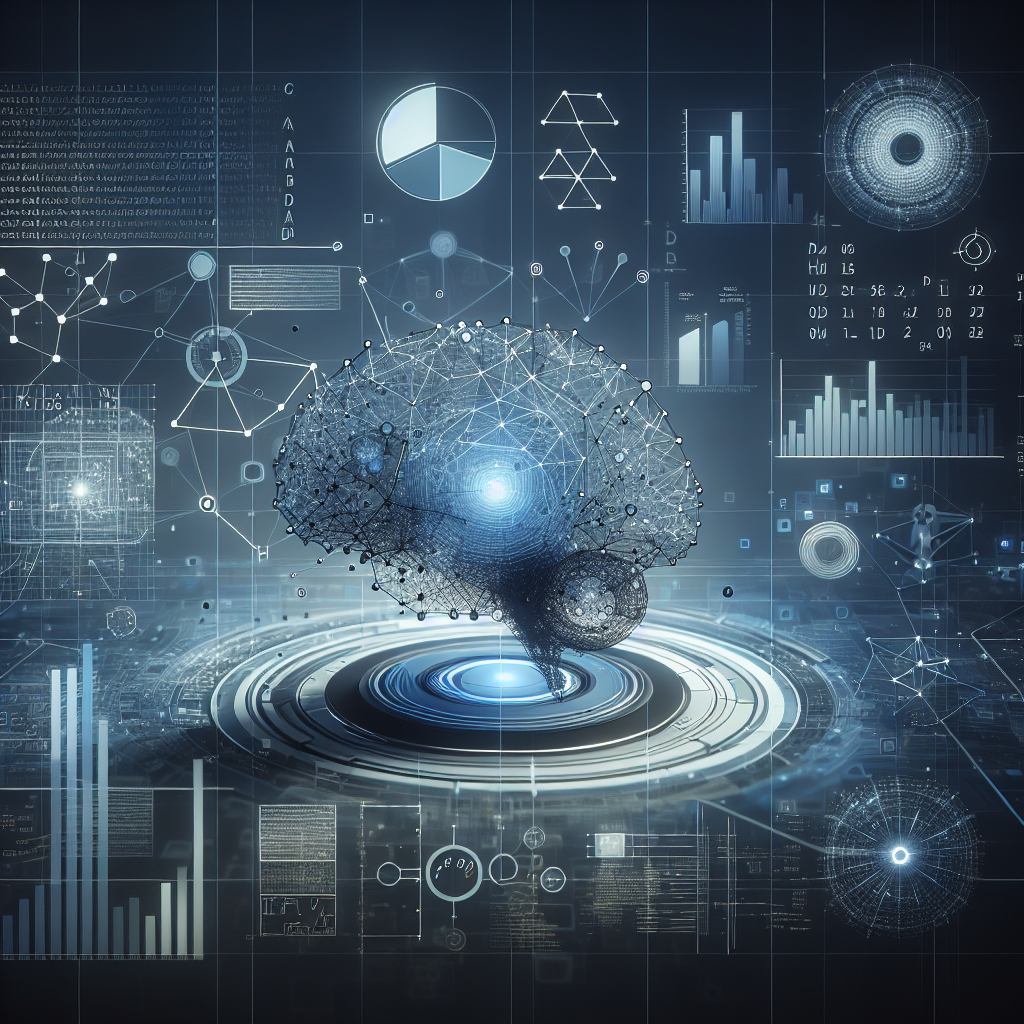Deep neural networks have been a game-changer in the field of artificial intelligence, enabling computers to learn and make decisions in a way that mimics the human brain. Over the years, researchers have made significant advancements in this area, continuously pushing the boundaries of what is possible with deep learning.
One of the latest research trends in deep neural networks is the development of more efficient and powerful models. This includes the use of techniques such as attention mechanisms, which allow the network to focus on specific parts of the input data that are most relevant to the task at hand. This not only improves the performance of the network but also reduces the amount of computation required, making it more efficient and scalable.
Another area of research that is gaining momentum is the development of neural networks that can learn from unlabeled data. Traditionally, deep learning models have required large amounts of labeled data to be trained effectively. However, researchers are now exploring techniques such as self-supervised learning and semi-supervised learning, which enable neural networks to learn from unlabeled data by predicting missing parts of the input or by leveraging a small amount of labeled data in combination with a larger amount of unlabeled data.
Researchers are also working on making deep neural networks more interpretable and explainable. One of the criticisms of deep learning models is that they can be like black boxes, making it difficult to understand how they arrive at their decisions. To address this issue, researchers are developing techniques to visualize and interpret the inner workings of neural networks, making it easier for humans to understand and trust the decisions made by these models.
In addition to these advancements, researchers are also exploring new architectures and training techniques for deep neural networks. For example, transformer models have emerged as a powerful alternative to traditional recurrent neural networks for tasks such as natural language processing. These models are able to capture long-range dependencies in the input data more effectively, leading to improved performance on a wide range of tasks.
Overall, the field of deep neural networks is rapidly evolving, with researchers making groundbreaking discoveries and pushing the boundaries of what is possible with artificial intelligence. As these advancements continue, we can expect to see even more impressive applications of deep learning in fields such as healthcare, finance, and autonomous driving, among others. The future of deep neural networks is bright, and the possibilities are truly endless.
#Advancements #Deep #Neural #Networks #Latest #Research,dnn


Leave a Reply